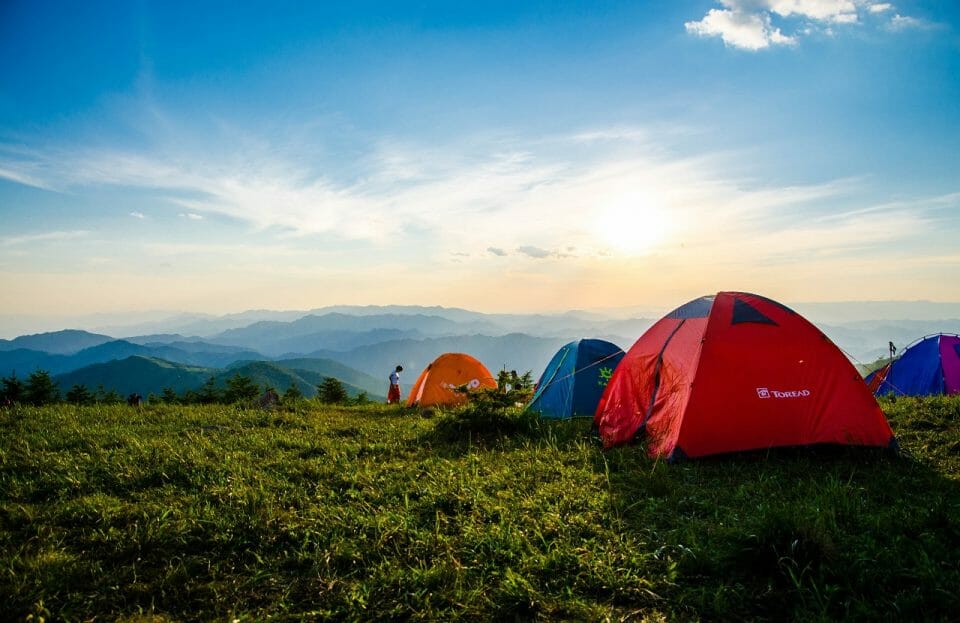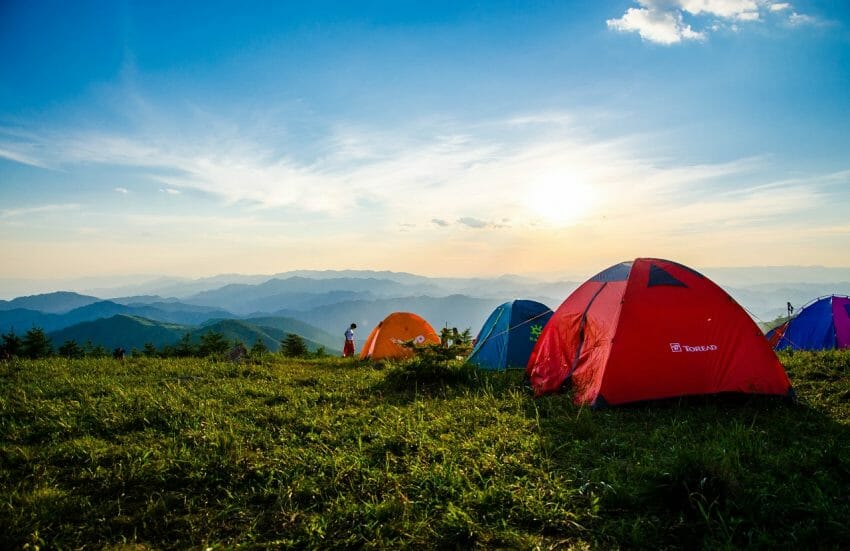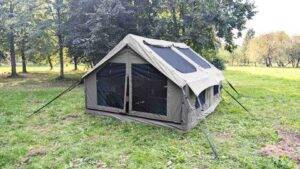

Going into the great outdoors has been man’s escape from the pressures of everyday life since ancient times. Hiking, bird watching, hunting, camping… you name it, but any form of being surrounded by nature and without the comfort of modern civilization surrounding you is needed from time to time. It helps us take a deep breath and think about larger things than our everyday routine allows for.
Not only that – it can be a fun and challenging activity too. Going on an adventure is about stepping out of your comfort zone, taking some risks, and relying on yourself and what you are carrying to make it through. Most of us will go out exploring the wild either alone or in small groups as a form of adventure, and apart from the selected few who are interested in bushcraft, we will be carrying some basic camping gear with us.
A checklist for such an adventure is hard to define as it will depend on your habits and route of travel. Some will need maps and compasses, others a set of tools, while someone else will be carrying a weapon too. But for the few things that are almost always in common on every checklist, we will talk about – tents.
A Tent Overview
They come in various sizes and forms. From the medieval pavilion, with its wooden construction and enough room for a whole squad, to a swag tent that’s designed to be as small as possible, there is a lot to look in between and compare.
In the most simple terms, tents are portable rooms. They are usually held up via a solid frame made out of wood, metal, or plastic and covered with a water-resistant fabric. Some are actually made as bags that you put the frame inside of and have a built-in fabric floor to keep you off the grass. The simplest ones are nothing more than a portable sleeping bag with a bit of extra covering, although we will see that this simple design is what many people are after.
Looking into more depth, the material used for the tent is a big factor also. Earlier tents used to be made out of densely woven cotton cloth. They had the advantage of “breathing” so the inside was never too stuffy, though they could mold and rot if not properly dried before storing away.
Modern tents are usually made either from nylon or polyester. Both are waterproof, with polyester being a bit lighter and sometimes chosen for light, backpack tents. Their main disadvantage is not having where water vapor to escape so they need to be fitted with a netted hole for ventilation.
How Do Swag Tents Compare
Swag tents are the smallest and most lightweight tents that can be found on the market today. They are designed as upgraded sleeping bags, with just enough space for one or two people to lie down and maybe turn around or have enough space to change their clothes while on the ground. Some models will have a built-in mattress while others will be completely empty. They are usually equipped with a net so that you can look at the night sky before going to sleep, a beautiful feature.
When going camping for the first time you will be faced with the dilemma of choosing the right tent, larger tents are much more comfortable to sleep in, and it is usually fun (but smelly!) sharing them with other people. They can be problematic when searching for an adequate place to set up camp, especially on rocky surfaces or in situations when there are a lot of other tents that take up space, such as on a festival. Larger tents also take more time to put up, trouble if it has to be done during the night or under bad weather.
Medium-sized tents, such as those for two or three people that have their own frame and that allow you to sit up or crouch, are a good option for beginners, but more experienced campers tend to avoid them as they are either too large for one person (in which case you get a swag tent) or are too small for a crew (in which case you take a large tent or a van).
The Adventurer’s Choice
For those with a lively spirit and resolved to not spend more than a day at one place – this swag type of tent is the best option. They can be put up almost instantly basically everywhere and will protect you from all but the worst possible elements.
Earlier it used to be the case that you needed shelter for your stuff too, such as a large enough tent to place your backpack next to you, but modern backpacks and suitcases usually come in a water-resistant shell, so your things can remain dry even if left overnight on the wet ground.
All would-be-adventurers should be aware that going over a well-thought-out checklist is essential before undertaking any endeavor. This list can be very long, of course, depending on the weather and what you plan on doing, but when faced with carrying a lot of stuff on your back for hours and hours of walking or waiting somewhere most will opt to either not bring something from the list or take the smallest possible item than can do that job.
And since not bringing a tent is not an option the only possible alternative is to bring the smallest tent possible.
Good for More Than Camping
Tents in all shapes and sizes, but especially in smaller sizes, are essential for a lot more than just camping out in the wild. They are used by hunters as part of their camouflage while waiting for prey, they are needed at various festivals where you are not making a camp but still need somewhere to sleep, they can also provide shelter for people who are in distress, such as after an earthquake leaves them homeless.
Deciding on getting a tent is rather easy, everyone can own one. But to have the wish, opportunity, and need to use them is special and adventurous and should be a part of everyone’s lifestyle, at least for a short time.







